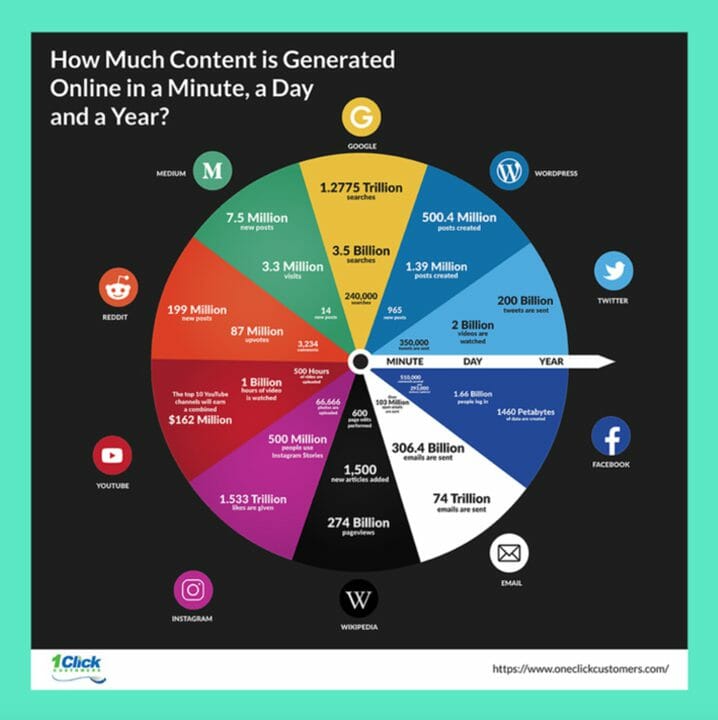Revolution #3 Media Localization & Language Diversification
In the complex web of modern life, the concept of choice is a double-edged sword—offering both significant advantages and subtle drawbacks. You might be engrossed in this article, or your attention could be captured by the vast array of TV channels on your screen. Alternatively, you could find yourself endlessly scrolling through many TikTok videos or even enjoying the eclectic sounds of pirate radio from Zimbabwe, all thanks to the possibilities of the digital realm.
If you remember the days of cycling through a few TV channels and settling for a simple oatmeal dinner, you’re familiar with the past limits of media consumption. Those limitations starkly contrast today’s digital universe, teeming with user-generated content spanning videos, music, blogs, webinars, e-learning courses, and online presentations. For someone who remembers the confined media options of the past, the idea of a digital realm overflowing with diverse content might have been as puzzling as it was foreign.
Amid this extensive media landscape, it’s easy to take this wealth for granted. But in the sea of choices, we can’t ignore the massive effort required to translate this media and make it accessible to the growing global population connected to the web.
Times have changed dramatically, enveloping a broader spectrum than before. In the past, studios would adapt foreign successes into Americanized versions. But our viewing habits have transformed with platforms like Netflix and digital streaming. We now enjoy foreign content in its original cultural context, enriched by the nuances of the native language.
As cultures and languages intersect through broadcast waves, a new curiosity emerges—cultural diffusion. This phenomenon enhances the appeal of foreign languages and contributes to the education of many translators’ descendants.
However, this fascination with diverse cultures goes beyond translation; it signifies a global movement. The emotional drive for cross-cultural understanding has given rise to two modern roles in translation:
- Localizers: These experts navigate content intricacies, adapting them to cultural differences and varying measurement systems. For instance, a blog post discussing stock prices might require changes to chart colours—since red signifies positive trends in many Asian countries, unlike Western cultures.
- Transcreators: In transcreation, these linguistic artists create new content based on translations. While localizers tailor existing content, transcreators go further, reshaping and reimagining content to resonate with local audiences. They inject fresh vitality while preserving the target culture’s essence.
Yet, even as these roles flourish, content remains overwhelming. The ever-expanding volume appears in emerging online languages, a vast landscape shaped by marketers, content creators, and language service providers.
Once limited to Word documents, translation has evolved due to seismic shifts in consumption habits and the surge of diverse media. Conventional translation methodologies have given way to the demands of our era and laid the ground for modern, cloud-based translation software.
Read part 6


